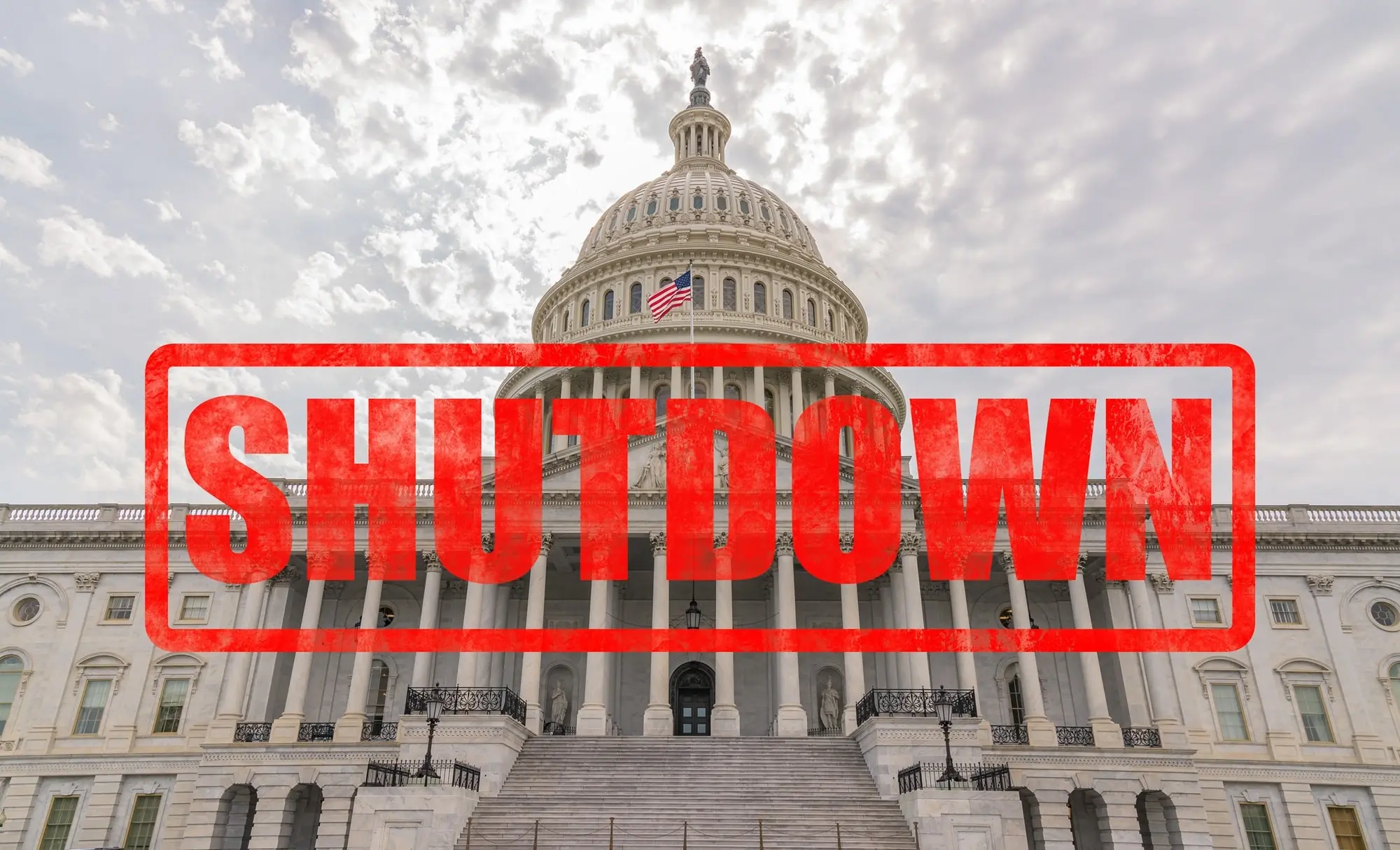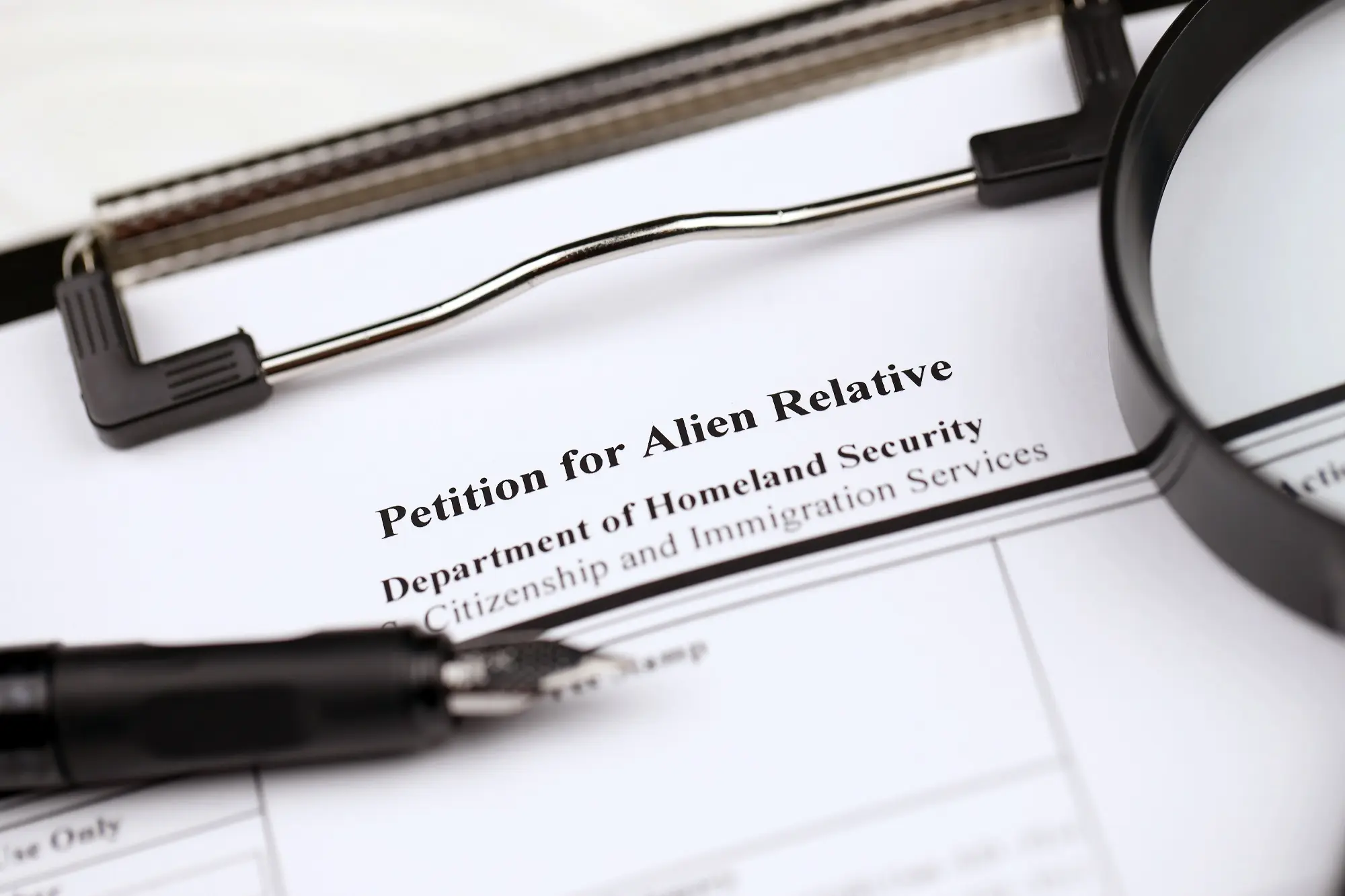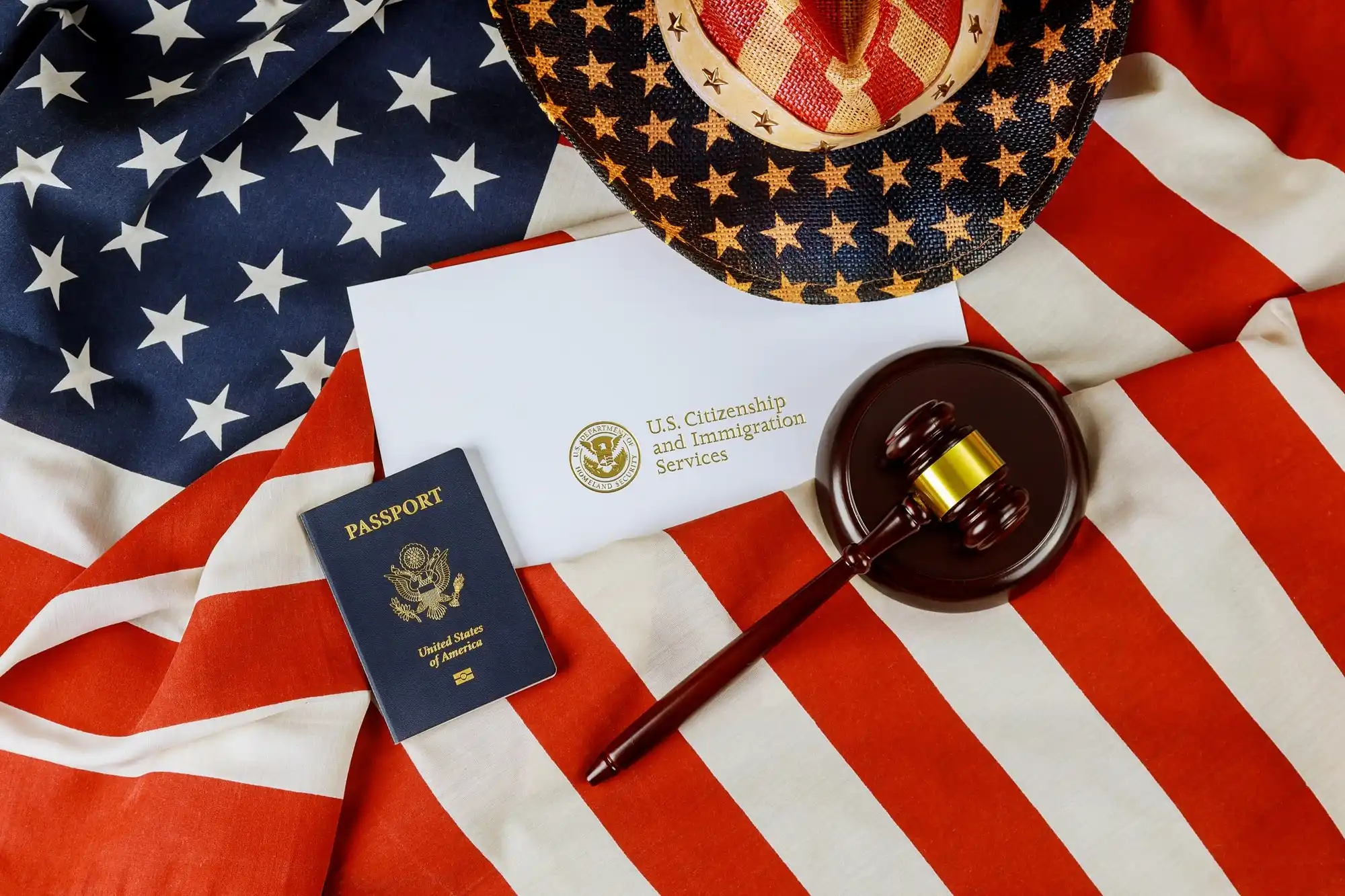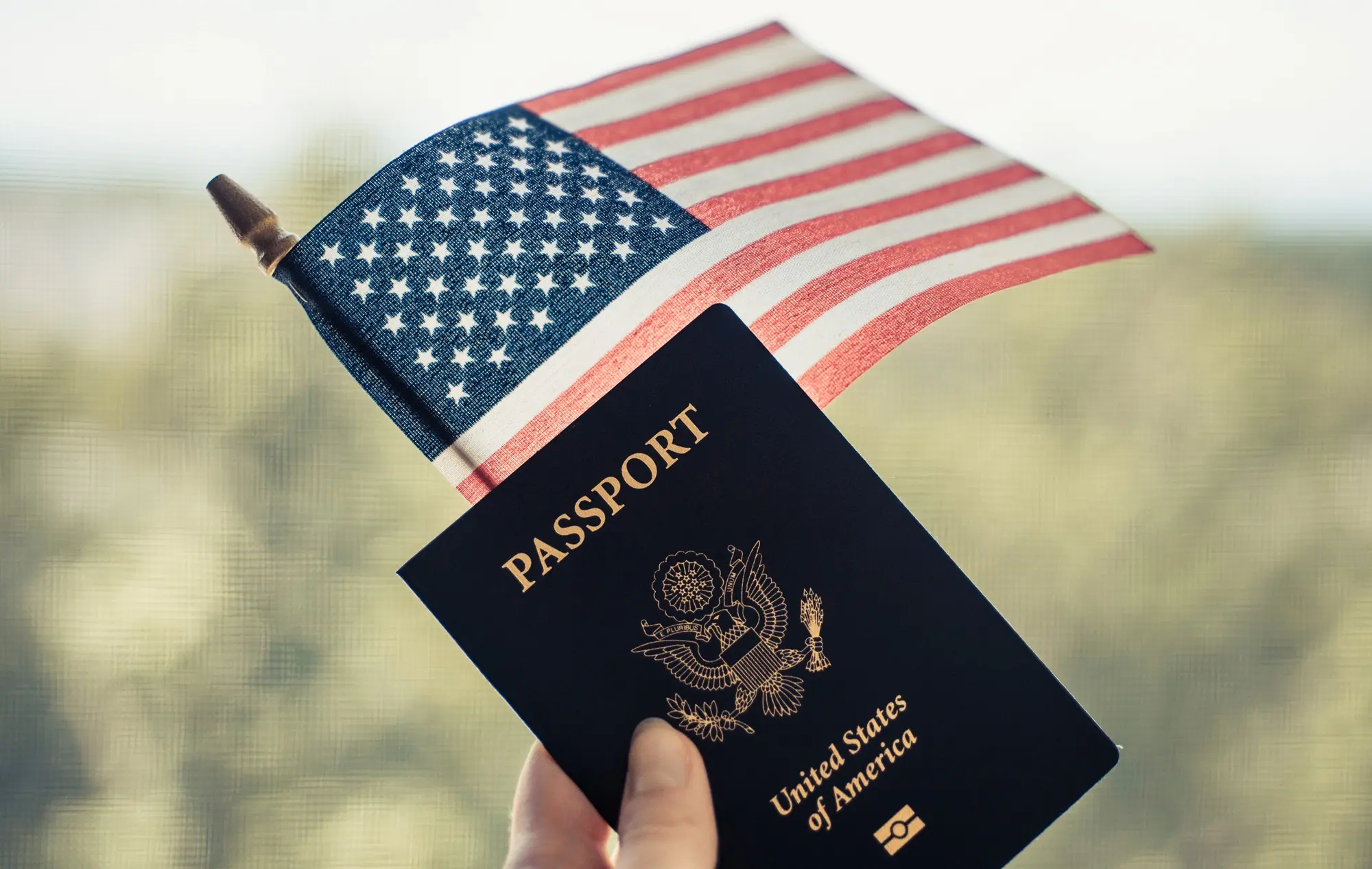Government Shutdown: What It Means for U.S. Immigration
Most core immigration services are still running, but there are important caveats:
- USCIS (green cards, AOS, naturalization, work permits): Continues operating because it’s primarily fee-funded. Expect normal intake/adjudications, with possible slowdowns where other agencies are involved (e.g., background checks).
- State Department/Consulates (visas & passports): Remain operational in the U.S. and abroad, though some domestic support is curtailed; localized delays are possible.
- CBP & ICE (border screening & enforcement): Continue as “excepted” law-enforcement functions; CBP revenue collection (tariffs) proceeds; many DHS personnel are working and, per reporting, being paid during the lapse.
- Immigration courts (EOIR): Unlike past shutdowns, non-detained dockets are continuing (detained cases continue as usual). Courts may still reschedule on short notice — check your court notice.
- Department of Labor (PERM, LCAs for H-1B/H-2): Paused — no new LCAs or PERM filings can be processed, which can delay employment cases tied to DOL certifications.
- E-Verify & some programs: E-Verify is unavailable during the shutdown (employers must still complete I-9s). Other niche programs can pause as well.
For planning: Filings at USCIS and consulates can move forward, but any case that depends on DOL (PERM/LCA) may stall, and court schedules can shift. DHS’s official contingency plan and State’s shutdown memo remain the best “what’s open” references.
November 2025 Visa Bulletin
USCIS confirmed that Adjustment of Status applicants must use the “Dates for Filing” chart in November. Here are the official family cutoffs from the State Department’s November bulletin:
What actually moved (vs. October):
- F2A advanced one month worldwide: 22 Sep 2025 → 22 Oct 2025.
- F2B advanced worldwide: 01 Jan 2017 → 08 Mar 2017 (Mexico also moved to 15 May 2009).
- Mexico saw small gains in F1 (08 Oct 2006 → 01 Mar 2007) and F3 (15 Jun 2001 → 01 Jul 2001).
- F1, F3 and F4 otherwise held steady for most countries.
For originals, see the November 2025 Visa Bulletin and USCIS’s filing-chart determination page.
U.S. Reinstates Cuba Travel Restrictions, Disrupting Family Reunification
In mid-October 2025, the Trump administration reinstated and expanded travel and visa restrictions on Cuban nationals, reigniting concerns over family separation and stalled consular processing. According to The Washington Post, the new rules have led to a surge in visa denials and administrative delays at the U.S. Embassy in Havana, directly affecting Cubans with approved family-based petitions and those waiting under the Cuban Family Reunification Parole (CFRP) program.
The administration cited national security and “vetting integrity” as reasons for the restrictions, but immigration attorneys and advocacy groups argue that the measures effectively block one of the few legal pathways for Cubans to reunite with relatives in the U.S. Families report being forced to travel to Guyana or Mexico for visa appointments, adding substantial financial and logistical burdens. The CFRP program, which had been reinstated in 2022 to help clear backlogs, is now experiencing significant slowdowns as cases face additional scrutiny.
Legal analysts note that the current restrictions are part of a broader 2025 executive framework that limits travel from 19 countries deemed “security risks”, Cuba among them. Critics, including the American Immigration Lawyers Association (AILA), warn that the measures could leave thousands of families separated indefinitely. They have called on the administration to restore full consular services in Havana and resume normal processing for family reunification cases.
For petitioners and beneficiaries affected by these restrictions, the State Department advises monitoring official updates and avoiding international travel unless instructed by consular officials.












